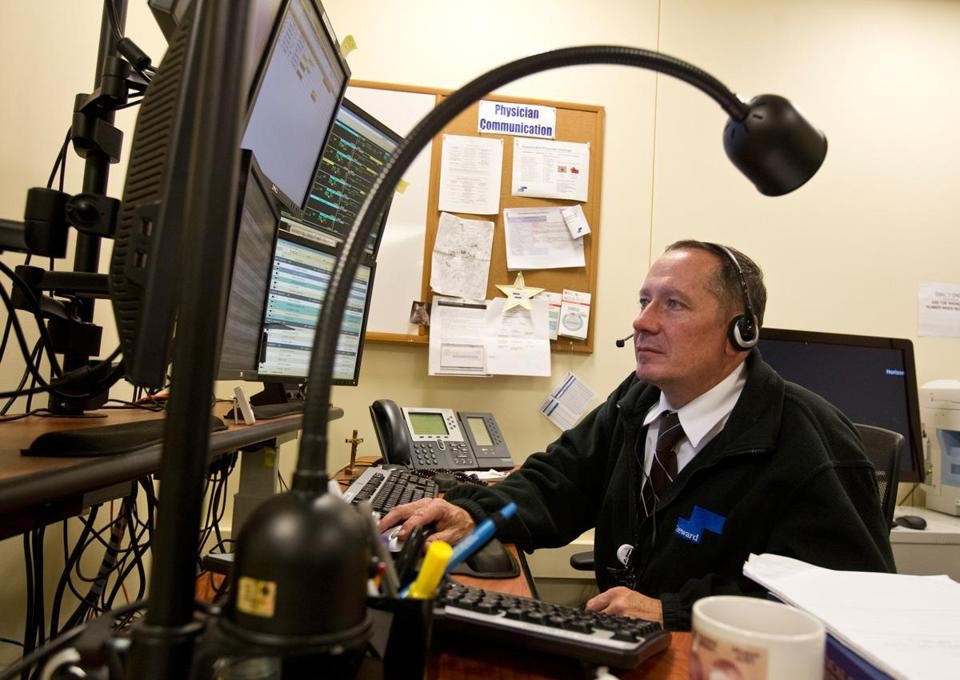6 Things dividend investors need to know this year The Boston Globe
Post on: 30 Апрель, 2015 No Comment

E-mail this article
Glance at 2010 returns and its easy to see why mutual fund investors might be tempted to chase the stock markets hot spots.
Thinking small paid off big last year. Funds specializing in stocks of smaller companies gained an average 23 percent, compared with 13.6 percent for large-cap funds, according to Lipper Inc.
But avoiding those big stocks could mean missing out on one of this years best opportunities. Theres growing potential in dividends, and theyre more likely to be paid by larger companies because smaller companies generally reinvest profits in expanding their business.
An extension of the Bush-era tax cuts means Uncle Sam will continue treating dividend income favorably. And corporate America is sitting on hoards of cash. During an economic recovery, corporations will be more inclined to raise their dividend payouts.
Traditional dividend investing is back in style as investors look for total return, stability, and income, says Howard Silverblatt, a Standard & Poors analyst.
Dividends are the quarterly distributions that companies pay to shareholders. In turn, mutual funds holding dividend-paying stocks pass that money on to their investors. Dividends are important because historically they make up more than 40 percent of the total return of the Standard & Poors 500 index.
Stocks with market values of more than $3 billion the cutoff for stocks in the S&P 500 are the first place to look for dividends.
Here are six factors to watch in 2011:
1. A two-year tax holiday: For much of 2010, it appeared likely that taxes would rise on dividend income. Since 2003, dividend taxes have topped out at 15 percent. The extension of the Bush-era tax cuts means that historically low rate will remain for another two years. For top earners, the extension means a savings of nearly a quarter on every dollar of dividend income they generate in a taxable account. Investors will save nearly $75 billion over two years, Silverblatt estimates.
2. Payouts expected to rise in 2011: Companies are more confident that they can afford to partially restore previous dividend levels after a tough two years when dividend investors took a huge hit as companies slashed dividends to ride out the recession.
Announcements of dividend increases rose 45 percent in 2010 compared with 2009. Instances of companies reducing payouts fell 82 percent, according to S&P.
Companies are going to move quickly to demonstrate that they are well into the recovery mode, and dividend increases will be their early tool of choice to ensure that this happens, Silverblatt says.
3. Spring could be a bonanza: Companies are preparing to report 2010 financial results. With the uncertainty about dividend taxes settled for the next two years, expect a surge of announcements by companies planning to increase payouts in the spring.

That could inspire investor confidence and lift stock prices, says Joanna Bewick, comanager of the Fidelity Strategic Dividend & Income Fund. Such announcements send a long-term signal to investors, saying We think we have a sustainable business model, and we can afford the dividend increase over the long term.
4. Dividends will recover, but slowly: Although the dividend outlook is improving, its important to maintain perspective. Dividend cuts were so deep following the stock market meltdown that Silverblatt expects it will be 2013 before payouts return to 2008 levels. Thats only if the economy cooperates.
One example: General Electric said last month it would boost its quarterly payout by 2 cents to 14 cents per share. Back in 2008, the payout was 31 cents per share.
5. Bank stocks will continue to lag: Stocks of large banks are traditionally big dividend payers. But banks were hurt more than most stocks, because the recession was driven by subprime mortgage troubles and a credit-market freeze. Theyre recovering more slowly than other areas of the economy.
6. Dividend income could complement bond income: Fear over rising interest rates has cut into bond returns and reduced the prices investors are willing to pay for many types of bonds. Key reasons include improving expectations for the economy, and fear of long-term inflation.
Historically, Bewick says dividend-paying stocks have fared better than bonds during rising inflation. Its one reason her $815 million fund has recently increased its stake in dividend-paying stocks, particularly energy stocks like top holding Exxon Mobil .
In a slow economic recovery, typically steady dividend-paying stocks, she says, could make up a greater proportion of investors overall returns than in the past.














